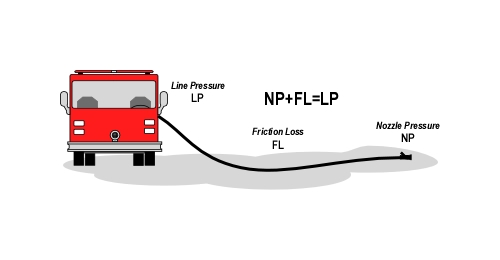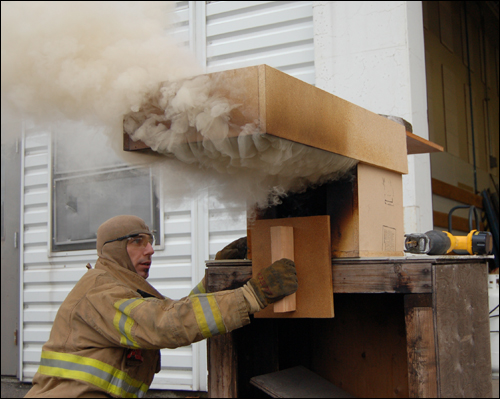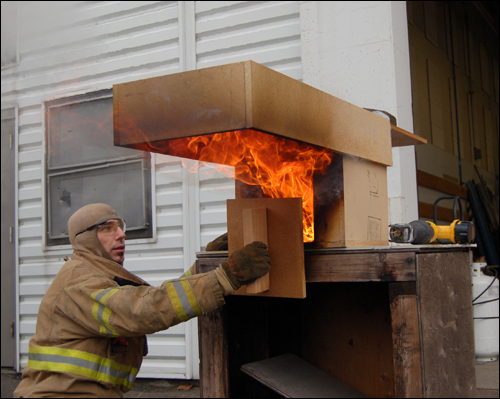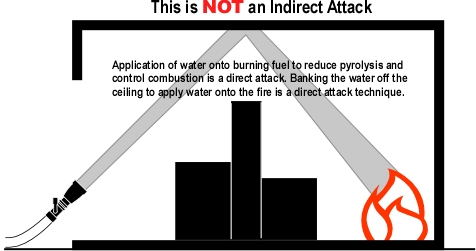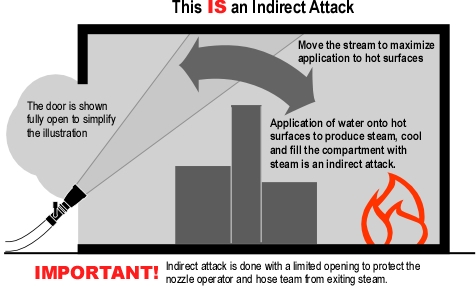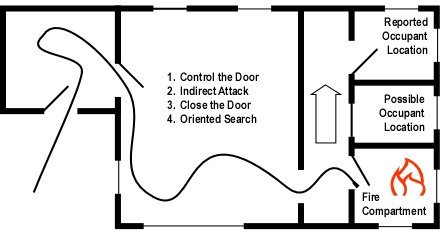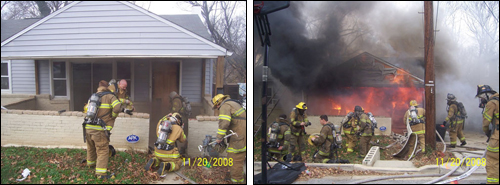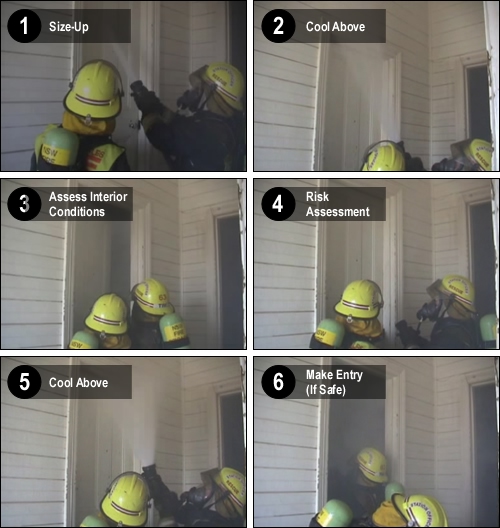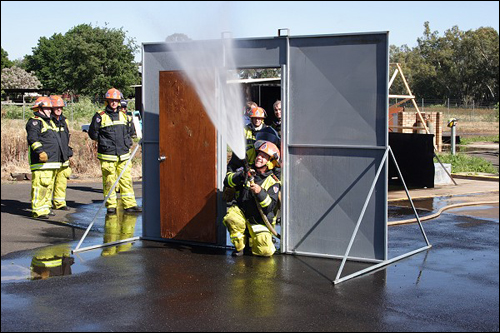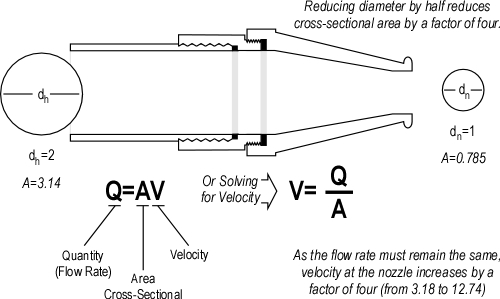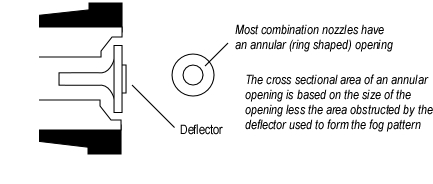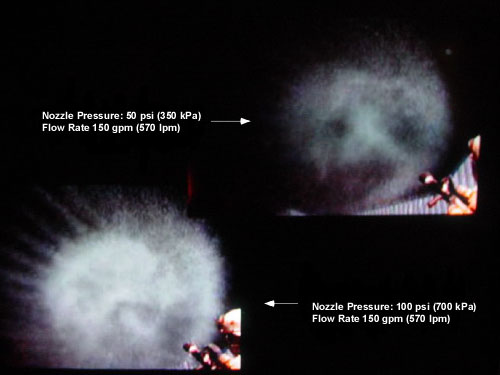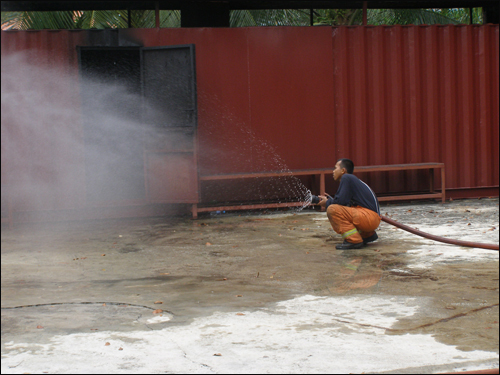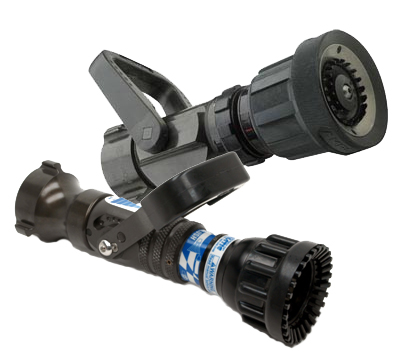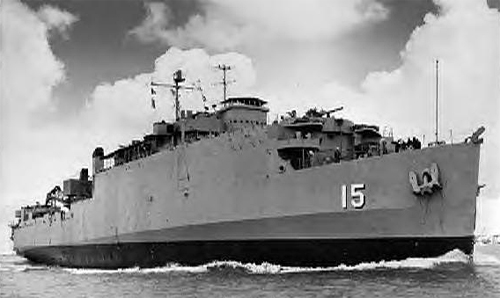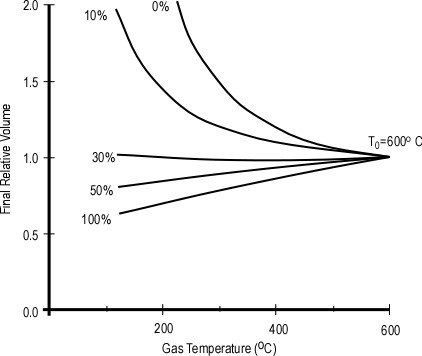Battle Drill Part 2
Thursday, February 11th, 2010A Quick Review
As discussed in the last post in this series, military battle drills are an immediate response to enemy contact that requires fire and maneuver in order to succeed. Battle drills are initiated with minimal commands from the unit leader. Soldiers or marines execute preplanned, sequential actions in response to enemy contact.
This post discusses application of the battle drill concept in training firefighters to react appropriately on contact with our enemy (the fire) which requires fire (application of water) and maneuver (movement to a safer location) in order to succeed.
Remember: The key elements of a battle drill are fire and maneuver! This requires the ability to operate and maintain control of the hoseline while moving backward.
Working Without a Hoseline
In the United States, it is common for some companies working on the fireground to operate inside burning buildings without a hoseline (particularly when performing search). While common, this practice places firefighters at considerable risk when faced with extreme fire behavior. Without a hoseline your only defense against rapid fire progress is recognition of developing conditions and immediate reaction to escape to a safer location (see video below); which is not always possible. In some cases, firefighters fail to recognize developing conditions or the speed with which conditions will change. In other cases, firefighters are unable to escape or take refuge outside the flow path of hot gases and flames quickly enough.
Cl
If your department’s operational doctrine includes companies working on the interior without a hoseline (or without being directly supported by a hoseline), it is essential that firefighters are trained to 1) recognize early indicators of potential for extreme fire behavior and 2) maintain a high level of awareness regarding locations which may provide an area of refuge. When confronted by rapidly worsening conditions, action to escape must be immediate and without hesitation.
Extreme Fire Behavior Battle Drill
Regardless of their assignment (e.g., fire attack, primary search), firefighters with a hoseline have a solid means of maintaining orientation, a defined primary escape route, and the ability to actively control the fire environment through application of water. However, as always, safe and effective operation in the fire environment is dependent on a solid size-up, dynamic risk assessment, maintenance of a high level of situational awareness, and proactively controlling the fire environment. The best way to deal with extreme fire behavior is to avoid it or prevent it from occurring. For more information on reading the fire and key fire behavior indicators related to potential for extreme fire behavior, see:
- How to Improve Your Skills
- Building Factors
- Building Factors Part 2
- Building Factors Part 3
- Smoke Indicators
- Smoke Indicators Part 2
- Air Track Indicators
- Air Track Indicators Part 2
- Heat Indicators
- Heat Indicators Part 2
- Heat Indicators Part 3
- Flame Indicators
- Flame Indicators Part 2
- Reading the Fire: Putting it all Together
- Incipient Stage Fires: Key Fire Behavior Indicators
- Growth Stage Fires: Key Fire Behavior Indicators
- Fully Developed Fires: Key Fire Behavior Indicators
- Decay Stage Fires: Key Fire Behavior Indicators
In situations where you were unable to recognize potential for extreme fire behavior or you have been unable to control the fire environment, immediate action is required!
This is my nozzle, there are many like it but this one is mine. My nozzle is my best friend. It is my life. I must master it as I master my life. Without me it is useless, without my nozzle I am useless.
I will use my nozzle effectively and efficiently to put water where it is needed. I will learn its weaknesses, its strengths, its parts, and its care. I will guard it against damage, keep it clean and ready. This I swear.
As stated in the first paragraph of this adaptation of the United States Marine Corps Riflemans’ Creed, Without my nozzle I am useless.
The extent of thermal insult experienced in an extreme fire behavior event is dependent on both radiant and convective heat flux. Total radiant heat flux is dependent on temperature (of gases and compartment linings) and flow of hot gases. The higher the temperature and faster the speed of gas flow, the higher the heat flux. These scientific concepts drive the key elements of the extreme fire behavior battle drill. Extinguish or block the flames, cool hot gases, and maneuver out of the flow path to a point of egress or area of safer refuge.
Drill 8-Extreme Fire Behavior Battle Drill: Key hose handling and nozzle techniques when faced with extreme fire behavior are the ability to apply long pulses of water fog or maintaining a continuous flow rate while maneuvering backwards. This requires a coordinated effort on the part of the nozzle operator, backup firefighter, and potentially other firefighters working on the hoseline or at the point of entry.
Hose Handling & Nozzle Technique Drill 8 Instructional Plan
While this drill focuses on single company operations, it is important to extend this training to include crews operating backup lines. The importance, function, and operation of the backup line will be the focus of the next post in this series.
Not all That is Learned is Taught
When training to operate in a hazardous environment, avoid the mindset that it’s only a drill. As often observed, you will play the way that you practice. Extreme stress can activate inappropriate routine responses. For example, a Swedish army officer suddenly stood up while his unit was under fire while engaged in peacekeeping efforts in Bosnia. When asked about this response, he explained that in training, he often stood up while leading exercises (Wallenius, Johansson, & Larsson, 2002).
“A simple set of skills , combined with an emphasis on actions requiring complex and gross motor muscle operations (as opposed to fine motor control), all extensively rehearsed, allows for extraordinary performance levels under stress” (Grossman, 2008, p. 38).
When developing skill in nozzle technique and hose handline, and in particular the critical skills required to effectively perform this extreme fire behavior battle drill, it is essential to maintain critical elements of context such as appropriate use of personal protective equipment, position, and technique.
Ed Hartin, MS, EFO, MIFireE, CFO
References
Grossman, D. (2008). On-combat: The psychology and physiology of deadly conflict in war and peace. Millstadt, IL: Warrior Science Publications.
Wallenius, C. Johansson, C. & Larsson, G. (2002). Reactions and performance of Swedish peacekeepers in life-threatening situations. International Peacekeeping, 9(1), 133-152.



